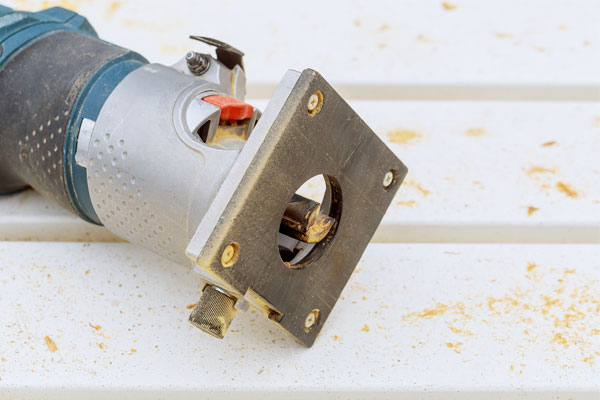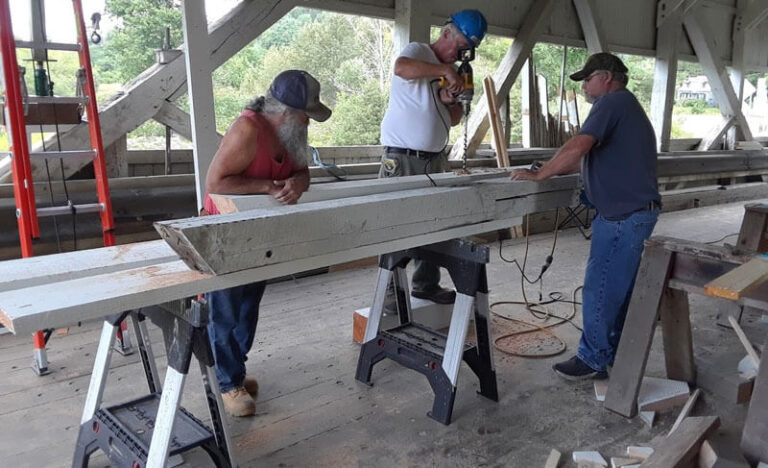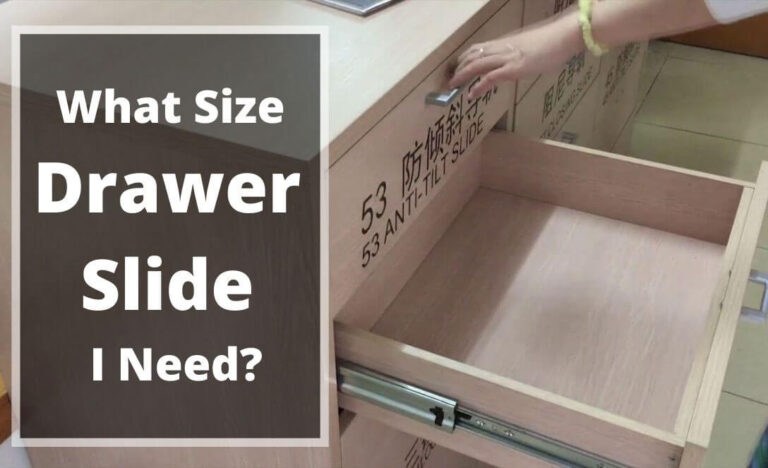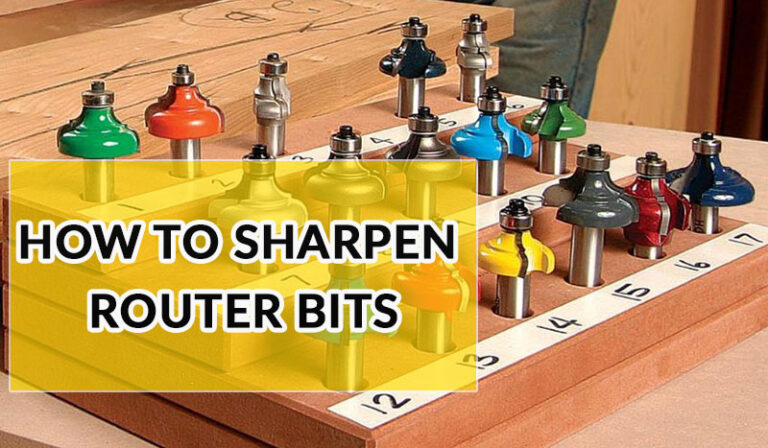Why You Need to Use a Plunge Router at your Workshop?
A plunge router is a highly efficient power tool and deserves a place in every workshop. Different types of routing chores like mortising, creating jig jag, inlay pattern work to cutting grooves- everything is possible by a plunge router. Its versatility and advanced mechanism make the plunge router more acceptable. It’s true some die heart fans prefer fixed based router over plunge router- but plunge router definitely has some advantages that make it worthy of every workshop. Here some advantage of plunge routers:
Freedom to Adjust the Depth
The plunge router is an excellent power tool with the freedom to adjust the depth during the cutting. It means plunge routers allow you to adjust the cut during the operation and you don’t even have to stop the router to do this like you have to do with the fixed base router. All you have to do is press or release the arms on the base side that makes it more convenient and speeding up the task.
Cut in the Middle
With the help of a plunge router, you will be able to cut in the middle of the workpiece which difficult to achieve in the fixed base router. Since the plunge router gives the freedom to adjust the depth, you only have to set the router in the desired position you want the cut and start plunging at the premeditated depth.
Great Templates Router
Template routing with guide bushing become easier and trouble-free if you choose a plunge router. Just set the router over the template, set the depth and rout; your template will come with few battle scars. Don’t worry! With a few more tries, you will accomplish it without any scars.
For Sophisticated Jig Jag
bowtie inlay template to sophisticated jig jag, plunge router can do everything easily. Jigs for joinery, tenons, dovetails, mortise whatever your need is, to get a perfect result, you need a plunge router.
For this, you can go for store-bought or shop-made jigs to ensure the accuracy of the router as well as to make identical router task.
Mortising
For mortising, if you go for store-bought or shop-made jigs to ensure the accuracy of the router as well as to make identical router task, and in that case, you won’t need to own a hollow-chisel mortise. All you need is to build a jig, your plunge router, and an up-cut spiral bit. If you have all of this then install a 5⁄8″ guide bushing on the router’s subbase and a bit that matches the width of the mortise. Then set the mortise layout line on the scribed line of the jigs and rout an increment. Depending on the position of the mortise sometimes only one aluminum crossbars is enough. To keep the jigs parallel to the workpiece do not forget to add a spacer
Tenon
To make tenons there are three equally good options. One of them is to mortise both mating workpieces and make a loose tenon fit. In this case, desired thickness and width is the main factor. After that round over the edges on the router table. The second option is machine a tenon on the mating pieces just like rectangular mortise and then shape up the edges with a knife. Apart from these two another option is to square the mortise comer with a chisel and makes it fit for matching.
Doweling
Make the same jigs and instead of slotting with acrylic top make holes of your desired depth. Keep distance in between them to setup dowels. Now repeat it for mating workpiece as well and assemble them with glues and dowels.
Interior Pattern Routing
If you need to rout any closed pattern in the interior workpiece, such as chip/dip, the plunge router will serve you the best. Whether it is a commercial template or make your own, you will need guide bushing or top bearing pattern bit. So only a plunge router can accomplish the work without any hassle, while situation can be complicated if you use a fixed-based router in such case, like damaging the workpiece or injuring yourself. Moreover, by using a plunge router you will be able to cut dip by using a collet extension that fits your router collet.
Inlay Grooves
The plunge router is the perfect tool for stringing and delicate inlay grooves since the mechanism of the plunge router allows smooth entrance and exit from the cut. If you try a fixed base router this will not be possible because the cut will likely be misaligned at the starting. Undoubtedly this operation is something that you want to make perfect on the first try and the plunge router is the safest and surest way to get the job done.
Circle Routing
if you need to cut a perfect circle in the middle of the workpiece plunge router is the best choice. With a plunge router, you will be able to cut the circle even from a large workpiece without using a saw.
Sign Making
The plunge router is perfect for any type of sign making. Commercial or personal, if you want a flawless output it is better to use a plunge router rather than any other tool like a chisel, knife, etc.
Keyhole
Want to hang something on the wall? Well, you do not need a hanger bracket or wire for this. Just a slotted keyhole will serve you perfectly. A plunge router and a perfectly designed bit are enough for you to do the job. Whether you need vertical or horizontal keyhole techniques is the same. Set the depth, plunge into the back, and then rout one or two inches slot.
Burn-Free Stopped Flutes
The plunge router is the best way to mill stopped and flutes. This type of milling is safer than the fixed-based router. To cut a perfect flute you will need a start block, a stop block, and an edge guide. Start block will help to preset the plunge at the desired depth and then press the lock lever and cut the workpiece along the length. After finishing the cut release the lock and the bit will retract off the workpiece leaving the cleanest flute without any burn mark.
Onboard Scale and Adjustment
“micro-adjustable knob” feature makes fine-tuning easier and simpler for plunge routers. We who work with woods and crafts know very well how micro-adjusting in bit height can be frustrating. This feature of the plunge router allows to do it more conveniently than the fixed-based router.
Built-in Protection
another advantage of the plunge router is it has the mechanism to protect the expensive router bits they are not in use. Just press on the disengage lock lever, the spring-loaded mechanism will retract the housing, surrounding the bit into the safety covers. It not only protects the bit but also keeps you safe from any unwanted accident.
Best for Some Specialized Bits
some specialized bits are perfect for the plunge router rather than the fixed-based router. For example, making keyhole grooves is literally impossible by the fixed-based routers as this type of bits cutters on the top, bottom, and side. Now think, if you have to lift the bit during the cut while using a fixed-based router- I know you don’t even think of trying it.
Conclusion
Fixed based router and plunge router both have their own pros and cons. As for the plunge router, it is more versatile, easy to control and can do some specialized job that is difficult by fixed based router, however, a plunge router is expensive than a fixed base router and to accomplish the work you have to have some expertise. But I must say, having a plunge router will definitely bring some extra advantage to your workshop.
Table of Contents






